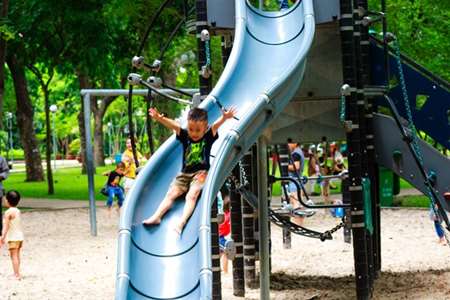Journey of Hope in Appalachian (JOHA) Youth: Building Youth Resilience

Rural youth have a heightened exposure to adverse childhood experiences (ACES) like poverty, social isolation, drug use and chronic hunger as opposed to other youth. These threats can lead to greater issues like substance abuse and higher vulnerability to chronic disease. Youth resilience interventions, or interventions that foster the capacity to adapt positively in the face of such disadvantage, can help buffer the negative effects of ACEs. However, many rural schools do not have the capacity to provide such interventions.
Save the Children USA is partnering with the WVPRC to ask communities and schools in West Virginia and Kentucky to bring their evidence-based youth resilience program Journey of Hope, to more kids in central Appalachia. The Journey of Hope program was developed as a response to Hurricane Katrina to help kids develop and practice coping skills. West Virginia became a critical partner in 2016 following devastating floods in the state. However, its reach extends to ALL kids to help them find coping skills that work for them in everyday life. The program was culturally adapted to promote resilience in Appalachian youth experiencing ACEs like those associated with the opioid epidemic.
JOHA is designed to have the greatest impact on Appalachian youth. However, there are many other stakeholders who serve Appalachian youth such as parents, participants, teachers, school counselors, principals, superintendents, Save the Children, WVU, University of Kentucky and more.
There are three specific aims of JOHA:
- Engage youth and adult community stakeholder as research project partners throughout the project period.
- Develop the Journey of Hope Appalachia (JOHA) youth resilience intervention. This program addresses acute stress in a culturally sensitive way to promote resilience in middle school youth.
- Evaluate the usability, acceptability and preliminary outcomes of JOHA.